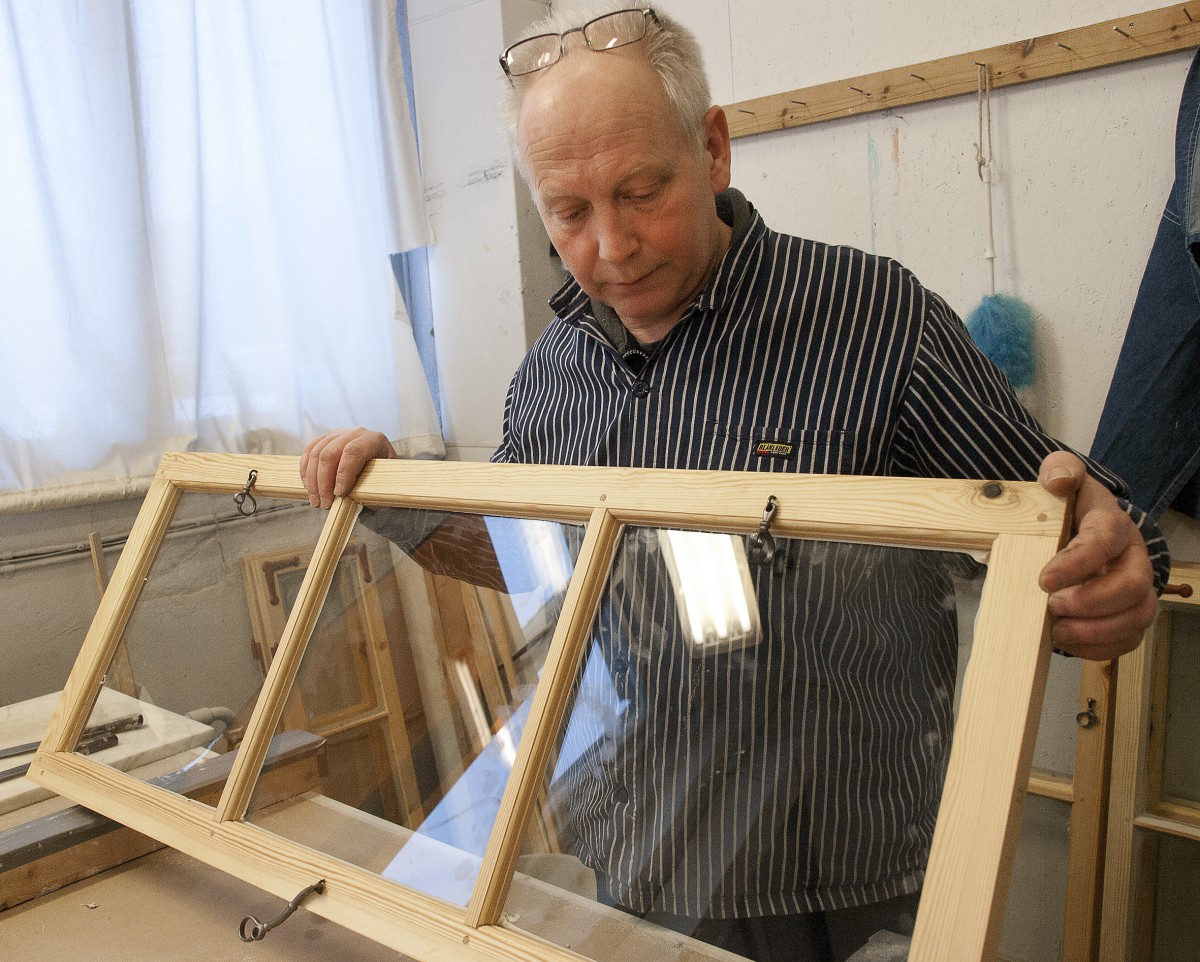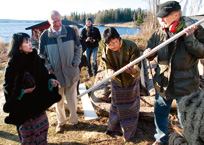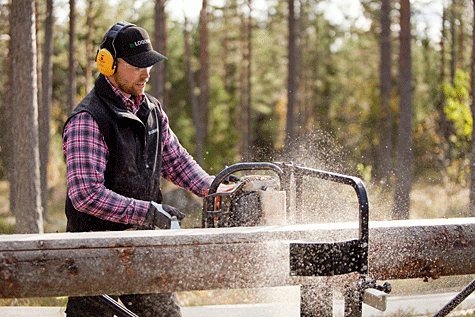In the 18th century they knew how to make windows. This was something Per Blomqvist in Brösarp, Sweden, learnt when he was restoring old windows made of pine heartwood, which only needed to be scraped and repainted. Today, he manufactures windows of the same sort, made of firstrate timber.
Per Blomqvist used to work as a programmer and computer consultant. At the turn of the millennium he was overdosed with the, at that time much discussed, millennium bug, which was said to be able to cause everything from silent telephones to crashing airplanes. ”We were six men sitting in a room during one year, going through and rewriting old computer programs,” Per remembers. After that, he decided to change direction in life and do something he is really passionate about: renovating old houses. He took a course to become a window maker, and started his own business within the field of window restoring and building conservation.
CONTEMPOR ARY WITH LINNAEUS
With today’s division between occupations, you need a handful of different craftsmen to restore and install windows. You need a carpenter, a glazier, a painter and a tinsmith. A window maker is trained to do all of these things. His home village with its famous hills is the north gate to Österlen. In the area there are a lot of old houses and an affluent group of summer guests and senior citizens with an interest in preserving their houses. “One of our jobs was to restore the windows in a manor that Carl Linnaeus visited during his Scanian expedition. The outer window frames were from 1740 and the inner frames were replaced in 1910. Most of the wood was in perfect condition.”
AS GOO D AS NEW
Recent research, for instance at Lund’s University in the faculty of engineering, shows that windows from the old times, with an inner window and a wide air gap, give good insulation. Well-made windows that are correctly sealed can actually compete with modern triple-glazed windows.
Due to this, Per began manufacturing windows of the old model. They are becoming more and more popular, both for renovations and new buildings. The demands made him form a limited company a couple of years ago, called OscarsHus AB, and he started to recruit staff. Today, he has one painter, and two others employed by the hour. The manufacturing of windows put higher demands on the machinery. Slightly more than a year ago, the hobby machines were replaced with Logosol’s jointer/planer H410 and the vertical milling machine Logosol MF30.
“It takes good machines to manufacture windows, since you use pine heartwood, which is tougher to machine,” says Per, who is satisfied with the quality and price of both the machines. OscarsHus only uses heartwood from first-rate timber when making windows. The first-rate timber is from selected pine butt logs with a high amount of heartwood. The heartwood is naturally impregnated. ”Recently, we restored the windows in a house that had been empty and without heating since 1975. There was not a flake of paint left, but most of the windows could be reused,” says Per.
PAINT AND PANES
To make durable and beautiful windows it takes more than just good timber and good machines. It is a work requiring great precision. To make use of the benefits of pine heartwood, Per recommends you to use linseed oil paint. Why? Because linseed oil paint ages from the outside in. When the surface begins to be dull and patchy, it is time to repaint. When acrylic paint starts to crack it can be too late. Old-style windows also require panes of real hand-blown glass, which is still produced. There is also machine-made old-style panes with similar qualities.
The slightly wavy glass refracts the light, which makes it spread better inside the house and gives the house more life seen from the outside. Per Blomqvist also runs a building conservation shop in Brösarp. There you can find the right type of paint, hand-printed wallpaper, old-style fittings and much more. Both his businesses are presented on the website www.oscarshus.se.







